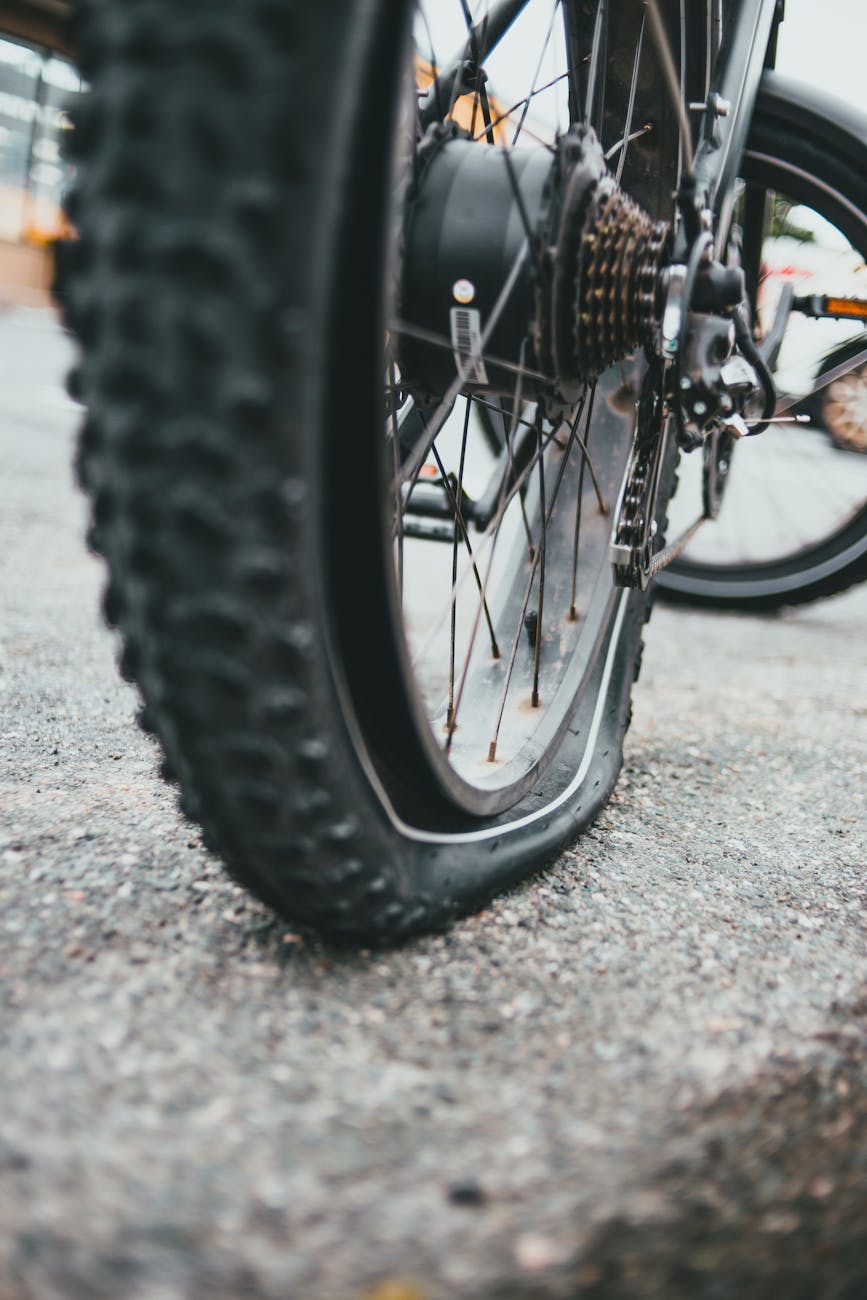Whether you enjoy cycling for exercise, commuting, or leisure, dealing with a punctured inner tube can be frustrating. A flat tire can quickly derail your plans and leave you feeling stranded. However, with the right knowledge and tools, repairing a punctured inner tube can be a straightforward process. In this article, we will share a proven method for repairing punctured inner tubes effortlessly. By following these steps, you can get back on the road in no time.
Understanding the Problem: Identifying a Punctured Inner Tube
Before you can repair a punctured inner tube, you must first identify the problem. A punctured inner tube is typically caused by sharp objects such as glass, nails, or thorns penetrating the tire and causing a leak. You may notice a sudden loss of air pressure or hear a hissing sound when a puncture occurs. To locate the punctured area, you can submerge the inflated inner tube in water and look for bubbles forming on the surface.
Gather the Necessary Tools
To repair a punctured inner tube, you will need a few essential tools:
– Patch kit: A patch kit typically includes patches, sandpaper, and adhesive.
– Tire levers: These tools help you remove the tire from the rim.
– Pump: To reinflate the repaired inner tube.
Having these tools on hand will make the repair process more efficient and convenient.
Step-by-Step Repair Process
1. Remove the Wheel: Start by removing the wheel from the bike to access the punctured inner tube easily.
2. Locate the Puncture: Inflate the inner tube and identify the punctured area using soapy water or by listening for escaping air.
3. Prepare the Patch: Roughen the area around the puncture using sandpaper included in the patch kit. Apply adhesive to the patch and let it dry for a few moments.
4. Apply the Patch: Place the patch over the puncture and press firmly to ensure a secure bond. Hold the patch in place for a few minutes to allow it to adhere properly.
5. Reinstall the Inner Tube: Once the patch is securely in place, carefully insert the inner tube back into the tire and reassemble the wheel.
6. Inflate and Test: Use a pump to inflate the repaired inner tube to the recommended pressure. Check for any leaks by submerging the tube in water again. If no bubbles appear, your repair is successful.
Conclusion
Repairing a punctured inner tube is a valuable skill that every cyclist should master. With the right tools and knowledge, you can quickly fix a flat tire and continue enjoying your ride. By following the proven method outlined in this article, you can repair punctured inner tubes effortlessly and confidently. Remember to regularly check your tires for wear and tear to prevent future punctures, and always carry a patch kit for emergencies. Get back on the road with ease by mastering the art of inner tube repair.

